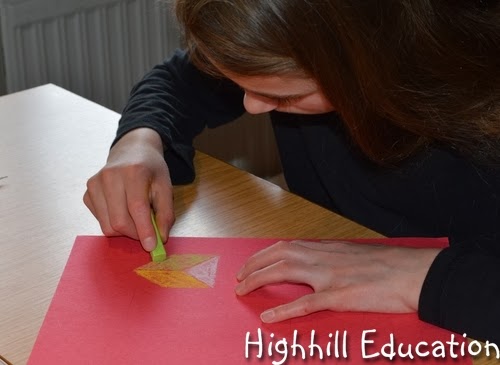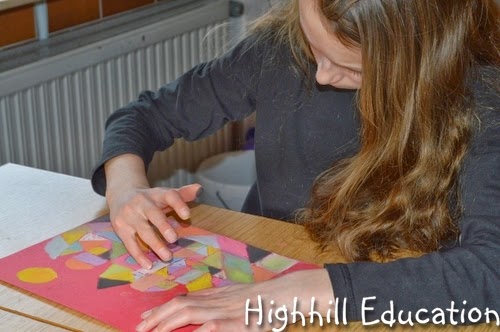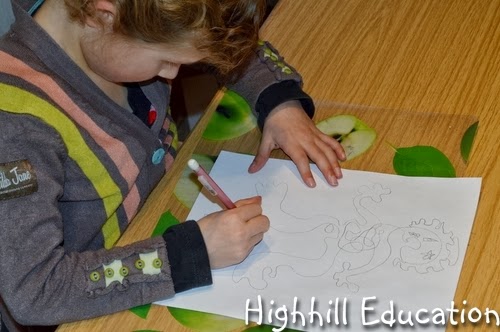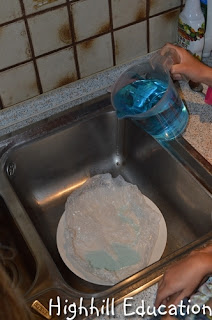The Vikings were once the sailors and rulers of the northern lands. In Oslo, Norway there is a museum which displays several Viking ships and artifacts. The Vikings had their own gods whose stories are told in Norse Myths.
Leif the Lucky by Ingri D’Aulaire is an outstanding picture book that tells the journey of Leif Erikson. Leif son of Erik the Red lived in Greenland and traveled to North America. The story tells of feasts, travelers, and Kings during the Viking times. This book is best for age 7 and up.
Viking Adventure by Clyde Robert Bulla tells the story of Sigurd, a Viking boy who leaves home to go on an adventure to Vineland. Readers learn much about Viking way of life through this wonderfully entertaining story best for ages 8 and up.
Viking Tales by Jeannie Hall is a book written in two parts. The first part tells the story of King Harald, the first Viking King. The second part tells the story of Erik the Red and Leif Erikson and their journeys to new lands. It is best for ages 9 and up. If you want to check out this book it is free on the internet: http://www.gutenberg.org
D’Aulaire’s Book of Norse Myths is a wonderful introduction to Norse Mythology. The Norse was the name given to the people who were descended from the Vikings and lived in Scandinavian lands. This book starts at the beginning of the story of Norse Mythology by explaining a bit about each god before telling his/her story. After reading about the beliefs of the Norsemen, Norwegian artwork is sure to have more meaning.
Snow Treasure by Marie McSwigan is a Norwegian story set during World War II. In the story school children help smuggle away the cities treasure and save it from falling into the hands of the Nazis. The story is best for ages 8 and up.
Kon Tiki by Thor Heyerdahl is the story of an amazing journey across the Pacific Ocean. The leader of the expedition was Thor Heyerdahl from Norway. In Oslo, Norway there is a museum which displays the Kon Tiki vessel used in the expedition, as well as information and vessels from Heyerdahl’s other expeditions. This book is best enjoyed by older children ages 12 to adults.

* I did not receive any compensation for this recommendation. I'm just a homeschooling mom who has found many products that I like. If you're interested in the products I recommend on this blog I want to make it easy for you to find them.
** I am an Amazon associate and receive a small portion of the sales on orders made after clicking in from this site, which I promptly spend on homeschooling books and supplies for my children.

+-+Copy_wm.JPG)
_wm.JPG)










































